Table of Contents
Mensuration is an important topic in the quantitative aptitude section of many bank exams. It involves calculating areas, perimeters and volumes of various geometrical shapes. Knowledge of mensuration is not only essential for competitive exams but is also practical in real-world situations, making it a key topic for banking aspirants. This article covers important formulas and provides example questions to help you practice and excel in the mensuration segment of bank exams.
Mensuration for Bank Exams
Mensuration is the branch of mathematics that deals with the measurement of lengths, areas and volumes of different shapes. In bank exams, questions may range from simple 2D shapes like squares and circles to more complex 3D shapes like cylinders and spheres. Being proficient in mensuration requires knowing specific formulas and understanding how to apply them accurately within time constraints.
Key Mensuration Formulas
2D shapes
| Mensuration Formulas: 2D | ||
| Shape | Area | Perimeter/ Circumference |
|---|---|---|
| Square | side2 | 4 * side |
| Rectangle | l * b | 2 (l + b) |
| Triangle | 1/2 * b * h | Sum of all sides |
| Circle | πr2 | 2πr |
| Parallelogram | b * h | 2 * (b + h) |
| Trapezium | 1/2 * (sum of parallel sides) * h | Sum of all sides |
3D shapes:
| Mensuration Formulas: 3D | ||
| Shape | Volume | Surface Area |
|---|---|---|
| Cube | Side3 | 6 * Side2 |
| Cuboid | l * b * h | 2 ( l*b + b*h + h*l) |
| Cylinder | πr2h | 2πr (r + h) |
| Cone | 1/3 πr2h | πr (r + slant height) |
| Sphere | 4/3 πr3 | 4πr2 |
| Hemisphere | 2/3 πr3 | Curved: 2πr2 Total: 3πr2 |
Mensuration Questions for Bank Exams
Q1. The diameter of the driving wheel of a bus is 280 cm. How many revolutions per minute must the Wheel make in order to keep a speed of 66 kmph?
(a)150
(b) 180
(c) 145
(d) 125
(e) None of these
Q2. Find the ratio of the areas of the in circle and circum circle of a square.
(a) 1 : 2
(b) 3 : 2
(c) 2 : 1
(d) 4 : 5
(e) None of these
Q3. A cord is in the form of a square enclosing an area of 44 cm^2. If the same cord is bent into a circle, then find the area of that circle.
(a) 40 cm square
(b) 78 cm square
(c) 68 cm square
(d) 52 cm square
(e) 56 cm square
Q4. The area of a rhombus is 144 cm square. One of its diagonals is twice the other. The length of the shorter diagonal is?
(a) 12 cm
(b) 11 cm
(c) 10 cm
(d) 14 cm
(e) None of these
Q5. The base of a parallelogram is twice its height and its area it 128 cm square. Find the difference between its height and the base.
(a) 6 cm
(b) 7 cm
(c) 8 cm
(d) 9 cm
(e) 10 cm
Q6. Find the distance between the two parallel sides of a trapezium if the area of the trapezium is 250 sq. m. and the two parallel sides are equal to 15 m and 10 m respectively.
(a) 25 m
(b) 20 m
(c) 40 m
(d) 30 m
(e) None of these
Q7. In measuring the sides of a rectangle, one side is taken 5% in excess and other 4% in deficit. Find the error per cent in area calculated from the measurement.
(a) – 0.5%
(b) 0.8%
(c) 1%
(d) -1%
(e) None of these
Q8. A rectangular grassy plot 160 m × 45 m has a gravel path 2.5 m wide all round it on the inside. Find the cost of gravelling the path at 75 paise per m square.
(a) Rs. 650
(b) Rs. 700
(c) Rs. 800
(d) Rs. 750
(e) None of these
Q9. A rectangular lawn 80 m × 60 m has two roads each 10 m wide running in the middle of it, one parallel to the length and the other parallel to the breadth. Find the cost of gravelling them at Rs. 30 per square metre.
(a) Rs. 39950
(b) Rs. 38500
(c) Rs. 39000
(d) Rs. 38000
(e) Rs. 40000
Q10. The circumference of a circular garden is 1012 m. Outside the garden, a road of 3.5 m Width runs around it. find the cost of gravelling it at the rate of 50 paise per m square.
(a) Rs. 1680
(b) Rs. 1790.25
(c) Rs. 1875.75
(d) Rs. 1750
(e) None of these
Q11. Two solid cylinders of radii 4 cm and 5 cm and lengths 6 cm and 4 cm, respectively are recast into cylindrical disc of thickness 1 cm. The radius of the disc is
(a) 7 cm
(b) 14 cm
(c) 21 cm
(d) 28 cm
(e) 32 cm
Q12. The diameter of the base of a cylindrical drum is 35 dm and the height is 24 dm. It is full of kerosene. How many tins each of size 25cm × 22cm × 35cm can be filled with kerosene from the drum? (use π=22/7)
(a) 1200
(b) 1020
(c) 600
(d) 120
(e) 160
Q13. A path of uniform width surrounds a circular park. The difference of internal and external circumferences of this circular path is 132 m. Its width is (take π=22/7)
(a) 22 m
(b) 20 m
(c) 21 m
(d) 24 m
(e) 26 m
Q14. A person observed that he required 30 s time to cross a circular ground along its diameter than to cover it once along the boundary. If his speed was 30 m/min, then the radius of the circular ground is (take π=22/7).
(a) 10.5 m
(b) 3.5 m
(c) 5.5 m
(d) 7.5 m
(e) 8.5 m
Q15. The area of a triangle is 216 cm^2 and its sides are in the ratio 3 : 4 : 5. The perimeter of the triangle is
(a) 6 cm
(b) 12 cm
(c) 36 cm
(d) 72 cm
(e) 24 cm
Tips for Solving Mensuration Problems in Bank Exams
- Memorize Formulas: Having a solid grasp of formulas for both 2D and 3D shapes is essential for quick problem-solving.
- Practice Regularly: Mensuration questions require consistent practice to ensure speed and accuracy in the exam.
- Use Approximation: For exams that don’t require precise values, use approximate values for pi (≈ 3.14) to save time.
- Understand Units: Always check the units in the question. Converting units where necessary ensures accuracy, especially in volume and surface area problems.
- Identify Shape Properties: Recognizing properties such as symmetry can simplify calculations, especially in complex shapes.
| Solutions | |||||||||
| 01 | d | 02 | a | 03 | e | 04 | a | 05 | c |
| 06 | b | 07 | b | 08 | d | 09 | c | 10 | b |
| 11 | b | 12 | a | 13 | c | 14 | d | 15 | d |

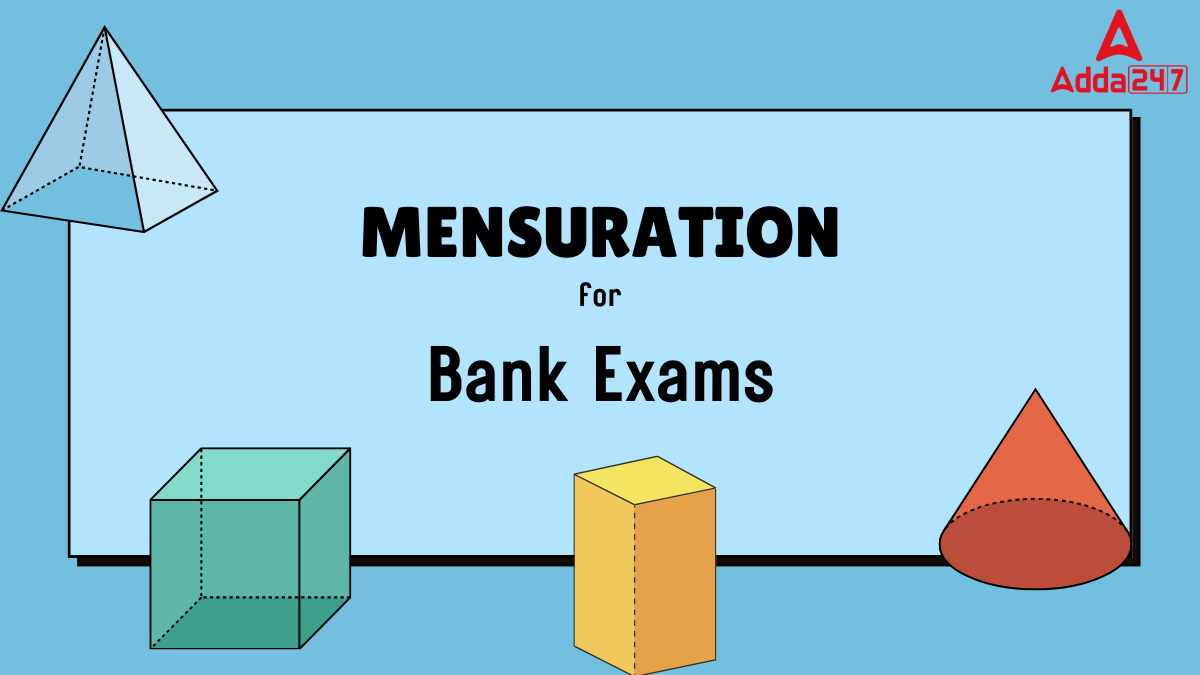

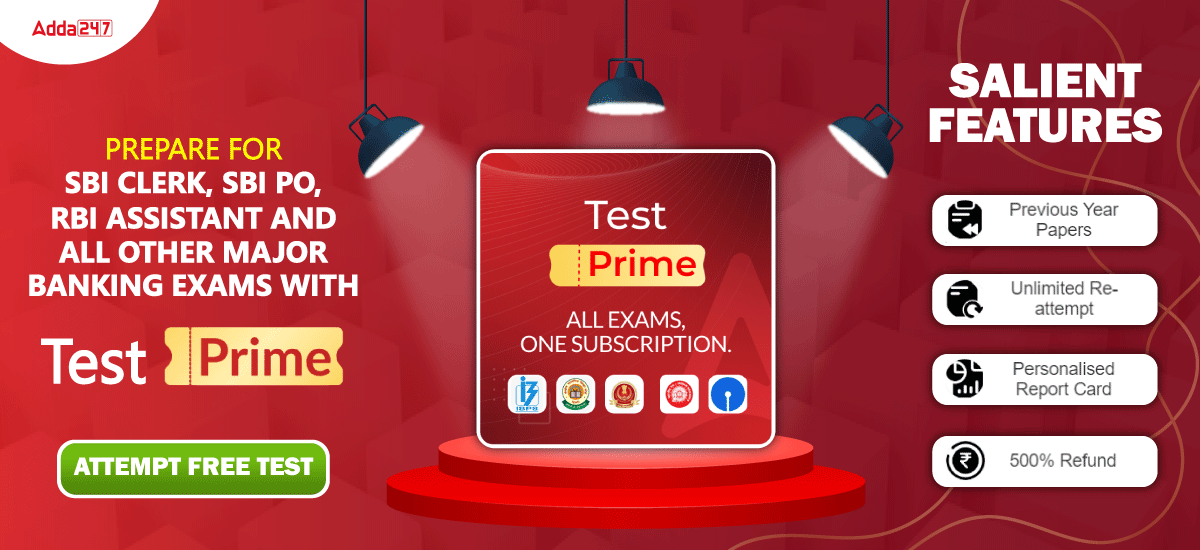

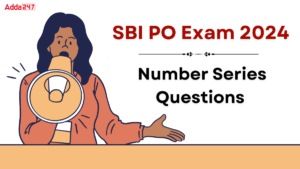 Number Series Questions for SBI PO Exam
Number Series Questions for SBI PO Exam
 Simplification Questions for SBI PO Exam
Simplification Questions for SBI PO Exam
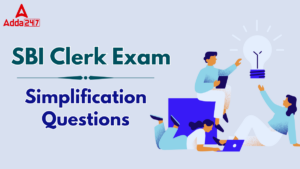 Simplification Questions for SBI Clerk 2...
Simplification Questions for SBI Clerk 2...




